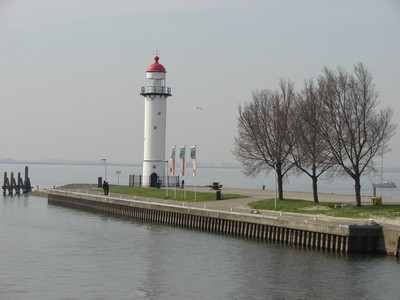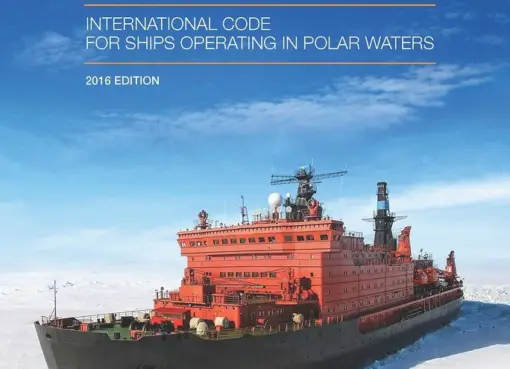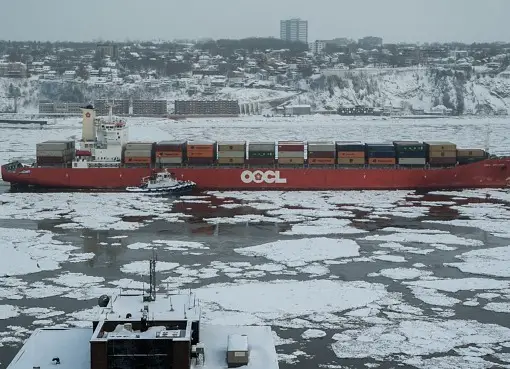The chart is a very important thing on the ship. Nowadays modern ships have come in electronic chart systems and it is very easy to correct them, but there are still many companies that are using paper charts on their vessels primary sources for navigation. Updating a paper chart is a bit of hard work. And it should be very careful to do it because the navigation of the vessel depends on the correction made by us. One of our Mistakes can put the entire ship and its crew in danger so the chart correction should be done with full sincerity.
Things require for chart correction
- Admiralty Notices to Mariners
- chart correction pens
- highlighter
- paper cutter
- cutting board for cutting blocks
- hexablade for making submarine cable
- parallel ruler
- tracing paper etc.
Types of chart corrections:
The following corrections are listed in Weekly Notices to Mariners (ANM):
- Permanent corrections are listed in the serial number, from the beginning of the year. A minor correction can be corrected by pen and areas of chart known as “blocks” are issued for major corrections.
- Temporary and Preliminary (T & P) corrections are carried out in pencil and are erased after they are canceled or superseded by permanent correction.
- Navigational warnings are listed under Navareas.
- A New edition of a chart is issued when the major portion of a chart is revised.
Charts must also be corrected for Local Navigational warnings and Local Notices.
Before starting chart correction
- Highlight the charts which you have on board with a highlighter pen in the correction log (NP 133A).
- Note down in the correction log correction numbers from all ANM’s, that are to be corrected, in an ascending order.
- Voyage charts must be corrected first, followed by all charts on board.
- Pull out the affected chart and confirm from the notice number, whether the last correction affecting the chart is entered at the bottom left-hand corner of the chart.
After completing each correction:
- Note down the correction number at the bottom left-hand corner of the chart.
- Note down the correction number and week in which that correction received in correction log (NP 133A).
- Strike out the correction number written in Chart Correction Log by pencil.
- Strike out the chart number at the correction in ANM or the tracing.
- Before moving to the next chart, correct all corrections (as noted from all ANM’s) affecting the chart.
Correction for a new chart:
When a new chart or new edition of a chart is received on board this procedure must be followed:
- Highlight the chart number in the correction log. Erase all the old corrections (in case of the new edition and write the edition date in the pen).
- Enter the Chart Folio and sequence number, from the index. In case of a new edition, this information is already present.
- Correct the chart for any pending corrections. Record these corrections in Chart correction log in pencil.
- Correct the Admiralty Chart Catalogue (NP 131) if affected.
- Cancel the old edition of the chart by writing boldly on top “CANCELLED” and remove it from the bridge.
Corrections to old charts:
If a chart has not been kept up-to-date and the last correction effected on the chart is very old, use the following procedure to correct it:
- Check that the edition is currently in the Cumulative Notice to Mariners.
- Check in the latest Cumulative Notice to Mariners against the chart number, the number of uncorrected notices. Note them down in the correction log.
- Start by correcting the latest correction first and proceed backward until all the notices are corrected.
“Cumulative List of Admiralty Notices to Mariners” is published every 6 months and lists correction numbers affecting each chart for the last 2 years. This should be used to verify that all corrections affecting a particular chart have been carried out. It also gives the date of issue of the current edition of each chart.
Temporary and Preliminary (T & P) notices are corrected in the following way:
- Only voyage charts to be corrected.
- Look up the list of T’s and P’s in force (This is published monthly in ANM)
- The T & P notices are printed on one side of the page. This is to facilitate them being cut out and filed, by area in the ship’s T & P file. The index of this file should be the “Monthly T & P’s in force” list. This has to be renewed monthly when the new one is received.
- Correct voyage charts with the T’s & P’s in force, in pencil, and note the correction number in the bottom left-hand corner of the chart, as well as in the correction log.
Navigation warnings in force:
Usually, only the voyage charts are corrected for Navigation Warnings. A proper log of all Navigation Warnings should be maintained with individual sections for each area. The log is maintained in the following way:
- All Navigation Warnings in force until the year-end are published in the Annual Notices to Mariners.
- All relevant sections of Navigation Warnings are removed from Admiralty Notices to Mariners and filed in the Navigation Warnings log in serial order.
- A complete list of all navigation warnings in force is published quarterly, in the weekly notices to mariners. This list forms the first page of the log.
- The above list is kept updated, as the new notices are received. Old lists are removed on receipt of a new list at the end of the quarter.
- Obsolete or canceled notices are removed from the log, as required.
- All Nav warnings are removed at the end of the year when new Annual Notices to Mariners received.
- Navigation Warnings in force must be corrected on voyage charts in pencil and number to be noted in the left-hand corner of the chart also in pencil.




Thank you for your support
Thank you for your support
Thank you for your support
Thank you for your support
VERY ORGANIZED thanks for sharing
Thanks for finally talking about Procedure to correct charts using Admiralty Notices to Mariners (ANM)
Loved it!
I really like what you guys are usually up too.
Keep up the amazing works guys
I must say you’ve done a superb job with this.